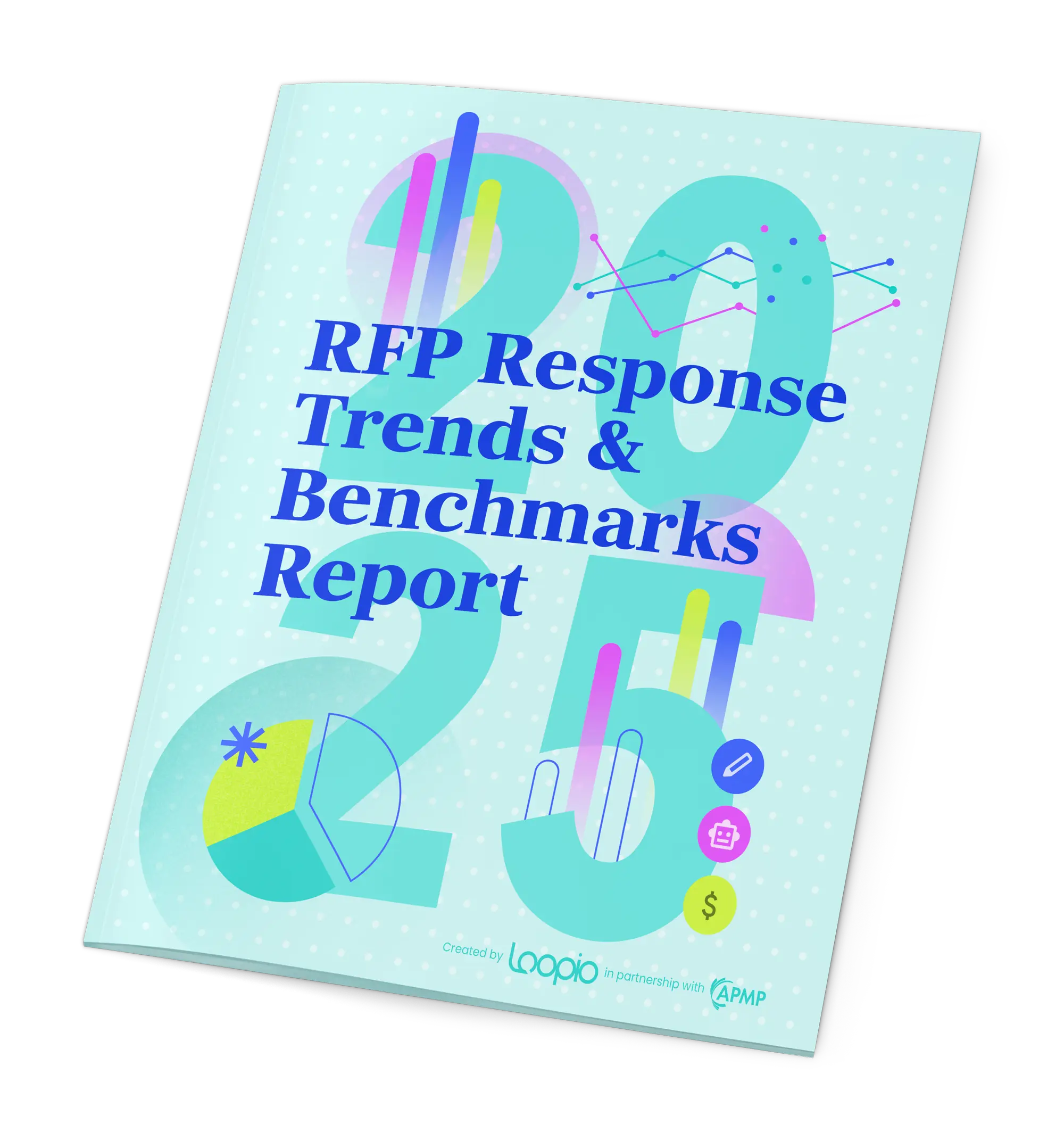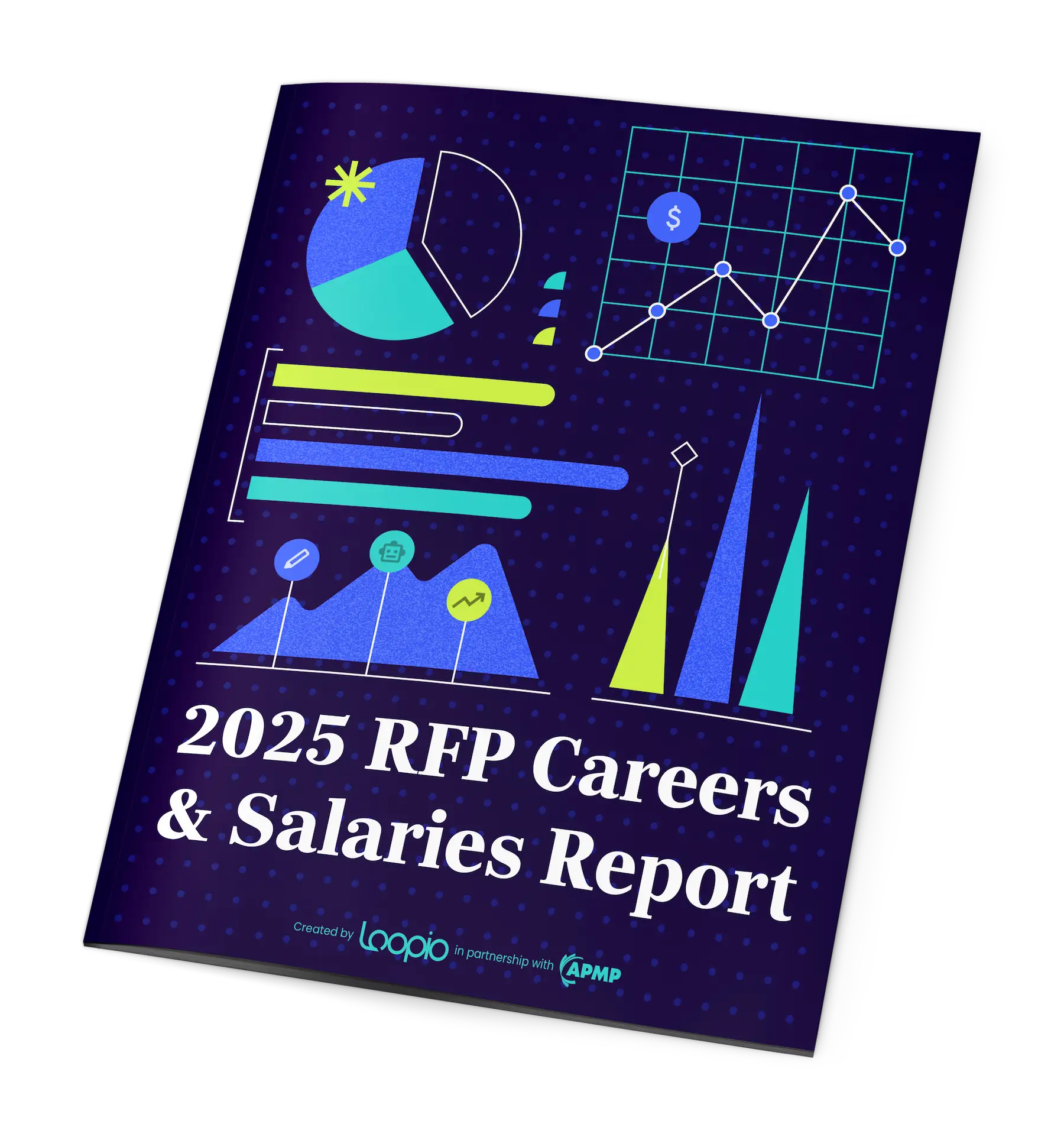New Report
2025 RFP Trends & Benchmarks
Our sixth annual report on the latest trends and benchmarks in response management, with insights from 1,500+ global participants.
What is the RFP Trends & Benchmarks Report?
The RFP Trends & Benchmarks Report shares industry trends and performance benchmarks for teams that respond to RFPs, RFIs, DDQs, and more.

Developed in collaboration with the Association of Proposal Management Professionals (APMP).



Industry Insights

